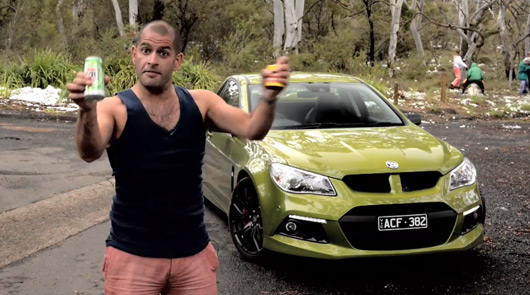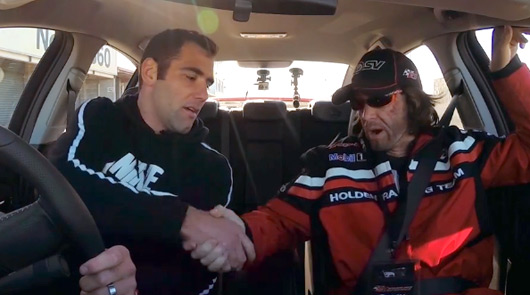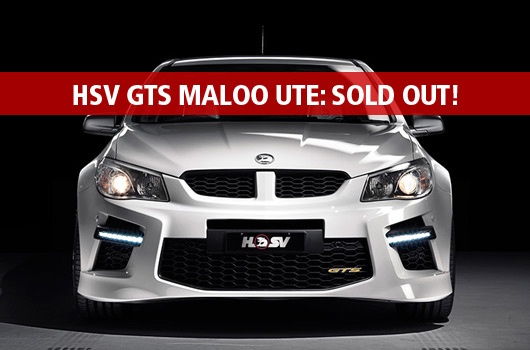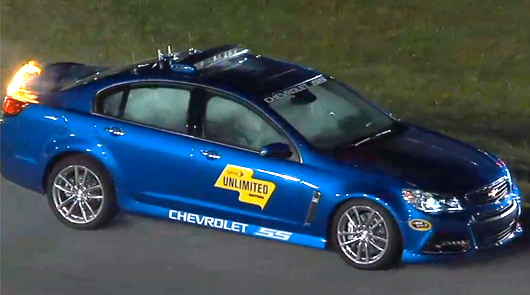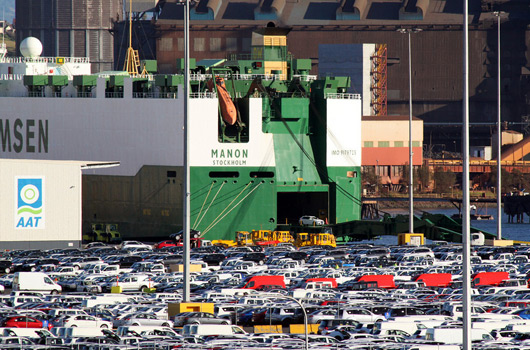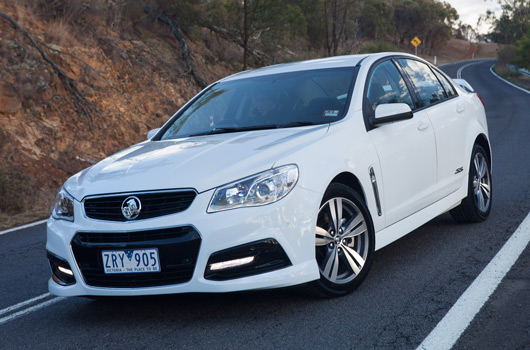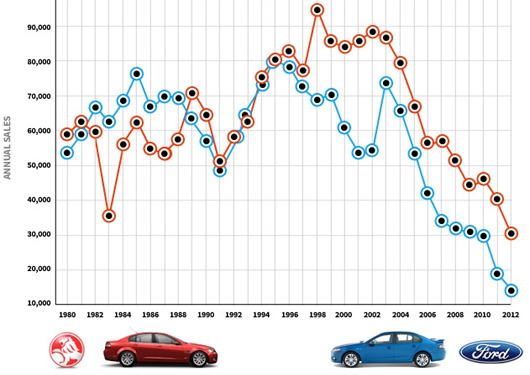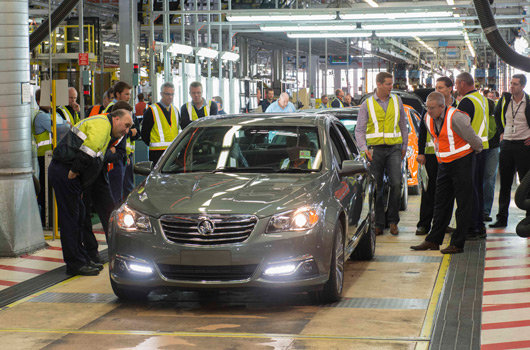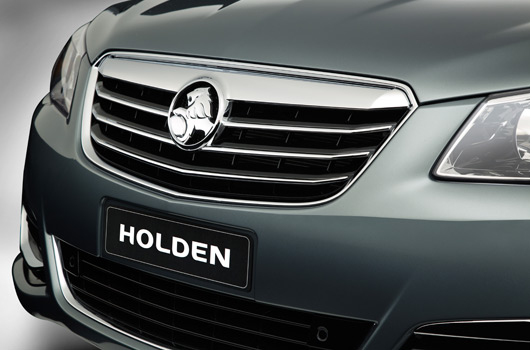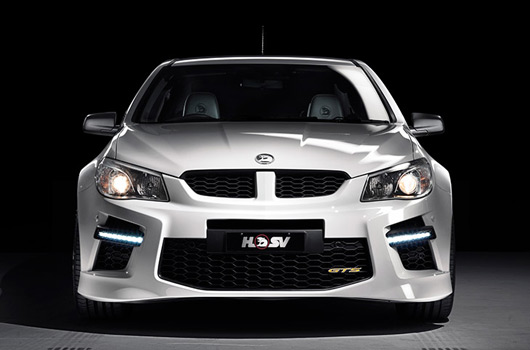
The Holden ute is an Aussie icon, and while its passing will be a sad day, HSV is going to send off the ute by creating the greatest and fastest show pony it has ever made. The exact model name is yet to be confirmed but the working title of HSV GTS Maloo seems to make sense.
We’ve known about this you beaut ute for some time but have been sworn to secrecy. Thanks to news.com.au who have broken the ice we can now share news of the GTS Maloo and perhaps a little bit more.
The GTS Maloo will be limited to 150 units and despite the expected mid-80s price tag it’s likely to become one of the most collectable HSVs of all time. Only 120 of those may be sold in Australia with up to 30 being allocated for New Zealand buyers.
It’s an HSV ute, right, so its closing party trick has to be big power. Big, big power! Essentially the ute will simply knock-off the drivetrain from the GTS sedan, including its 6.2 litre supercharged V8. That means it will bring a mighty 430kW/740Nm to the table. For the old skool readers among you that’s 576hp!
Predictions for the GTS ute’s 0–100km/h time are in the mid-4 second bracket, but it’s the in-gear acceleration that 740Nm of torque will bring which should bag the biggest smiles this ute has to offer. Oh, aside from the silly sideways stuff that is.
HSV’s Magnetic Ride Control will be fitted standard and will help ensure all that power can get to the ground with some degree of decorum, while massive racing-inspired AP brakes will help to slow things down.
There will be a choice of manual and automatic transmissions and if you want the slushbox you’ll be getting flappy paddles for the first time in an HSV.
We assume Torque Vectoring and Launch Control (manual transmission only) will also carry over from the GTS sedan, although our source has not been able to confirm this.
Cosmetic enhancements for the GTS Maloo will also follow the lead from its four-door counterpart, both inside and out.
We’ve been told that the HSV dealership network has already been notified of their allocations, colour choices and options. So even though there has been no official announcement, if you just want one, we suggest you act now.
In other VF ute related news it’s understood the end of Commodore ute production will be brought forward to 2015, rather than 2016 as previously reported. This is due in part to fact the ute is one of the most expensive products in the Commodore model range to manufacture.
[Source: news.com.au | Thanks to Shaz for the tip]
